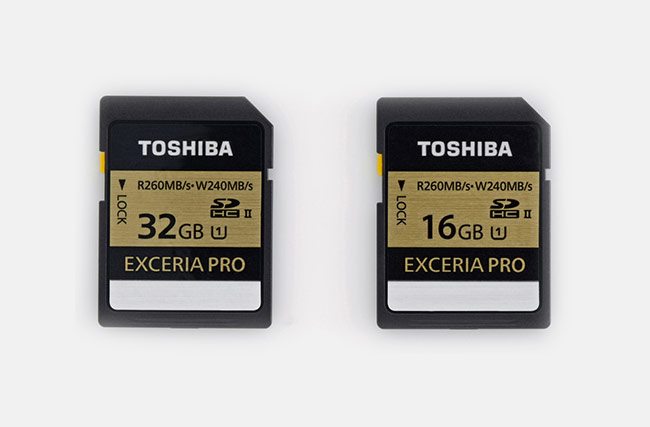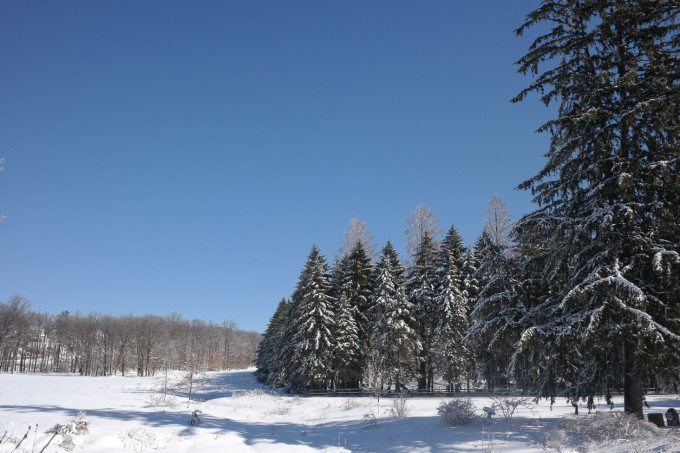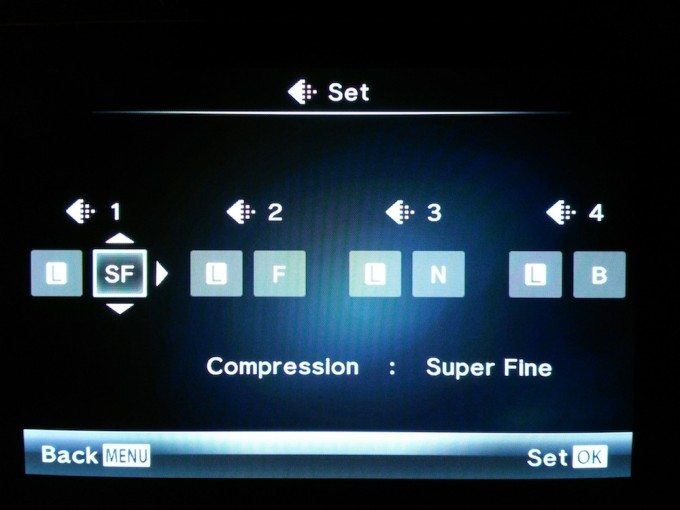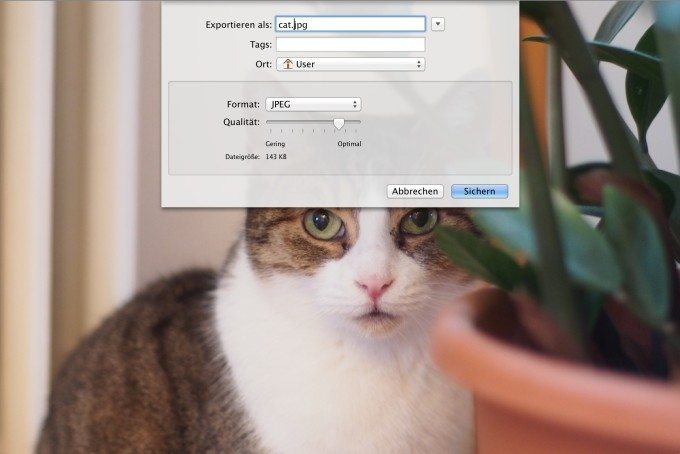Today, we continue our series covering the Basics of Photography with the letter J, and which subject would be more fitting than everyone’s favorite file format, JPEG. The file format which is commonplace in digital cameras, on the internet and in image editing software is used by millions of people around the world each day. But as with so many things that we use on a daily basis, we often know little about them. In this article, we’re going to talk about what JPEG actually is, how it works, and when and when not to use the format.
What is JPEG?
The file format that most people will pronounce as “JAY-peg” was conceived in 1992 by the Joint Photographic Experts Group, whence the designation of the format derives. It is a lossy compression format for digital images with a typical compression ratio of about 1:10, which makes it the ideal graphics file format for the world wide web due to its capability of significantly downsizing images. Especially in the early days of the internet, long before broadband connections were readily available, file size was a major issue and JPEG delivered in that area.
When digital photography first came up, high capacity storage media similar to today’s SD, SDHC, and SDXC cards weren’t readily available. Your typical memory card could hold a couple of megabytes at best, and some cameras such as the Sony Digital Mavica were even using floppy disks with a 1.44 MB capacity to store images. Even though early digital cameras sported rather low resolutions around one megapixel, the JPEG format with its compression came in handy, considering the lack of storage space.

How Does JPEG Work?
Basically, what JPEG does is to analyze an image and then apply a compression routine that tries to retain as much information as needed for the image to look acceptable, but still keeping the file size as small as possible. This happens via an elaborate algorithm that doesn’t simply reduce the information in an image in a linear way, but actually looks at how color and brightness are distributed across the image, and takes into consideration how the human brain actually interprets an image.
For example, when there are a lot of areas with uniform color, JPEG can apply strong compression to these, as many neighboring pixels will share roughly the same information. In images with lots of detail, less information can be shaved from the file, and the file size will acordingly be higher. Also, our brains are more sensitive to some kinds of optical information as opposed to others. The JPEG compression makes use of this fact and will compress images accordingly, so that they still look mostly natural to our eyes.

What Makes JPEG Ideal for Photography?
One of the main reasons that the JPEG format is used for storing digital images, besides its widespread distribution and the possibility for all manufacturers and developers to employ the format, is the fact that it offers varying compression levels. When saving a JPEG image in an editing software, it is possible to specify the quality setting and thus take control over the degree of compression that is applied to the image. This often depends on the intended use of the file, for example online sharing, printing, or archiving.
A typical JPEG image will be compressed by a ratio of 1:10, which means it’ll be ten times as small as an uncompressed version of the same image. However, most modern cameras offer varying quality settings with different weaker and stronger compression factors. This way, the user can exert some degree of control over the final quality of the image, depending on whether preserving fine detail or saving precious storage space is the priority.

Are There Downsides to the JPEG Format?
Most certainly. Because JPEG is a lossy compression format, this means that even when selecting the highest quality setting, some information will always be lost. This might not mean a lot to the casual snapper that looks at their images on a computer screen and shares them over the internet, but it might make all the difference to a professional photographer selling his images to customers or stock libraries, or printing them with huge magnification.
Another downside to using the JPEG format in your camera is that it offers little latitude for editing. The files that your camera will write to the memory card have already been processed by the camera’s internal software, and the images represent what the camera thinks is the best representation of the scene that you captured. Information that is lost during compression can never be restored, so when editing JPEG files on your computer, you will quickly realize that blown-out skies or blocked shadows can rarely be restored, and that whacky colors can hardly be corrected.

When and When Not Should JPEG be Used?
JPEG makes the photographer’s life easy, especially when the camera they use has a very elaborate processing routine that produces good-looking images from the get-go. The format is also very convenient for the amateur and hobby photographer, as it means they can share their images immediately. Especially when the main purpose of your photography is to be looked at on a computer screen and to be shared via the internet, JPEG is the format to go for, as anybody will be able to view the files, and they take up only as much storage space as is absolutely needed.
When your main focus is on image quality, when you do a lot of post-processing to your images because you’re not always happy with the results your camera provides, if you want to make large prints or even sell your images, then the JPEG format isn’t the way to go. You might want to consider saving raw files instead, as this will retain all the information that comes from your sensor, and provide you with all the detail you need for post-production, archival quality images and even commercial use of your pictures.
One important thing to note when using JPEG files is that when editing an image that’s already been JPEG-compressed, when saving it as a JPEG file again the image quality will further deteriorate. Opening and re-saving a JPEG file over and over again will worsen the image quality over time, to a degree that little to nothing of the original information is retained. So when you plan on editing your JPEG images, make sure to keep the original file so that quality loss remains as small as possible.
If you want to learn more about the technical details of the JPEG format, we recommend the respective Wikipedia article as a starting point.
Please Support The Phoblographer
We love to bring you guys the latest and greatest news and gear related stuff. However, we can’t keep doing that unless we have your continued support. If you would like to purchase any of the items mentioned, please do so by clicking our links first and then purchasing the items as we then get a small portion of the sale to help run the website.
Also, please follow us on Facebook, Google+, Flickr and Twitter.


